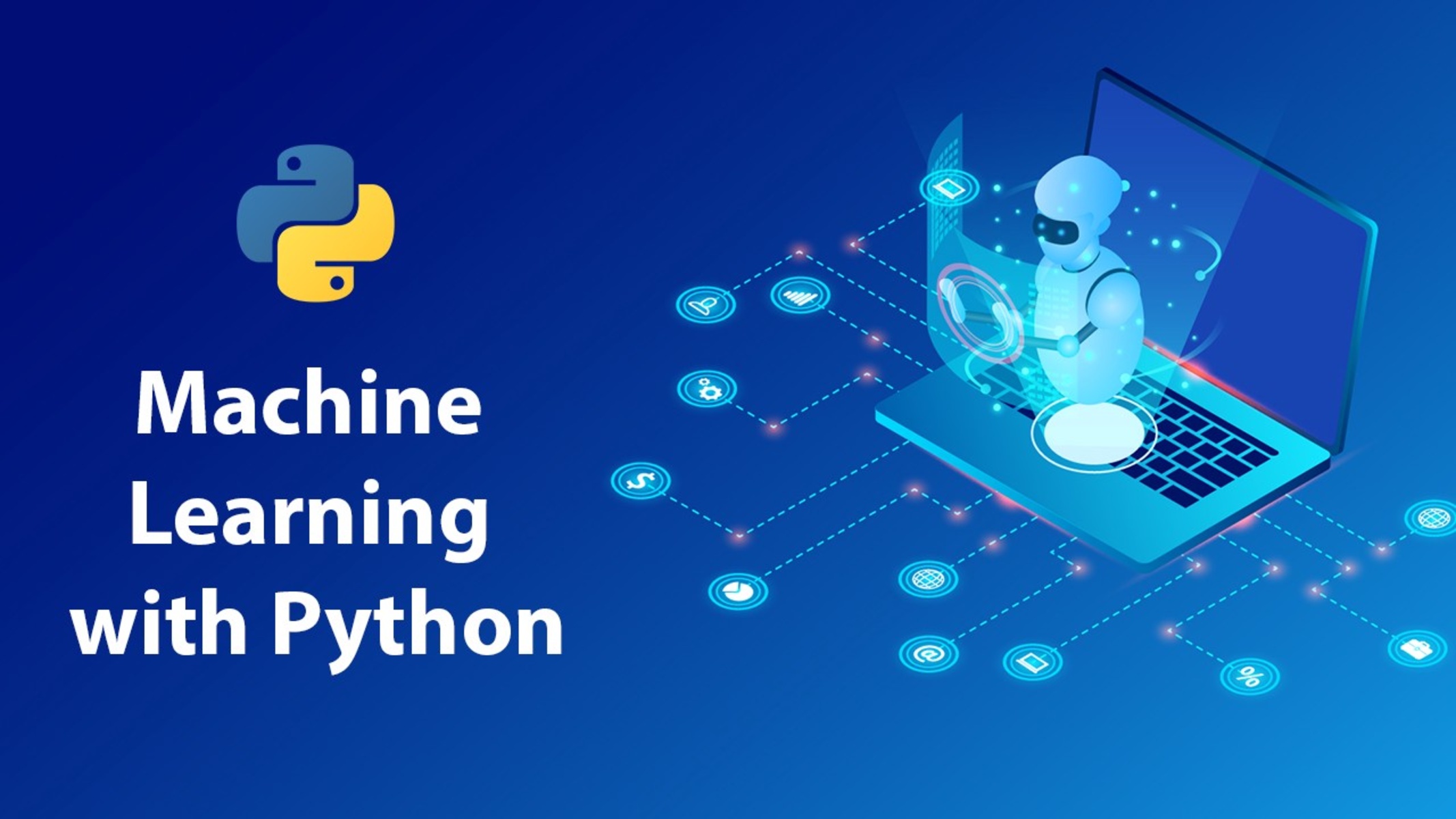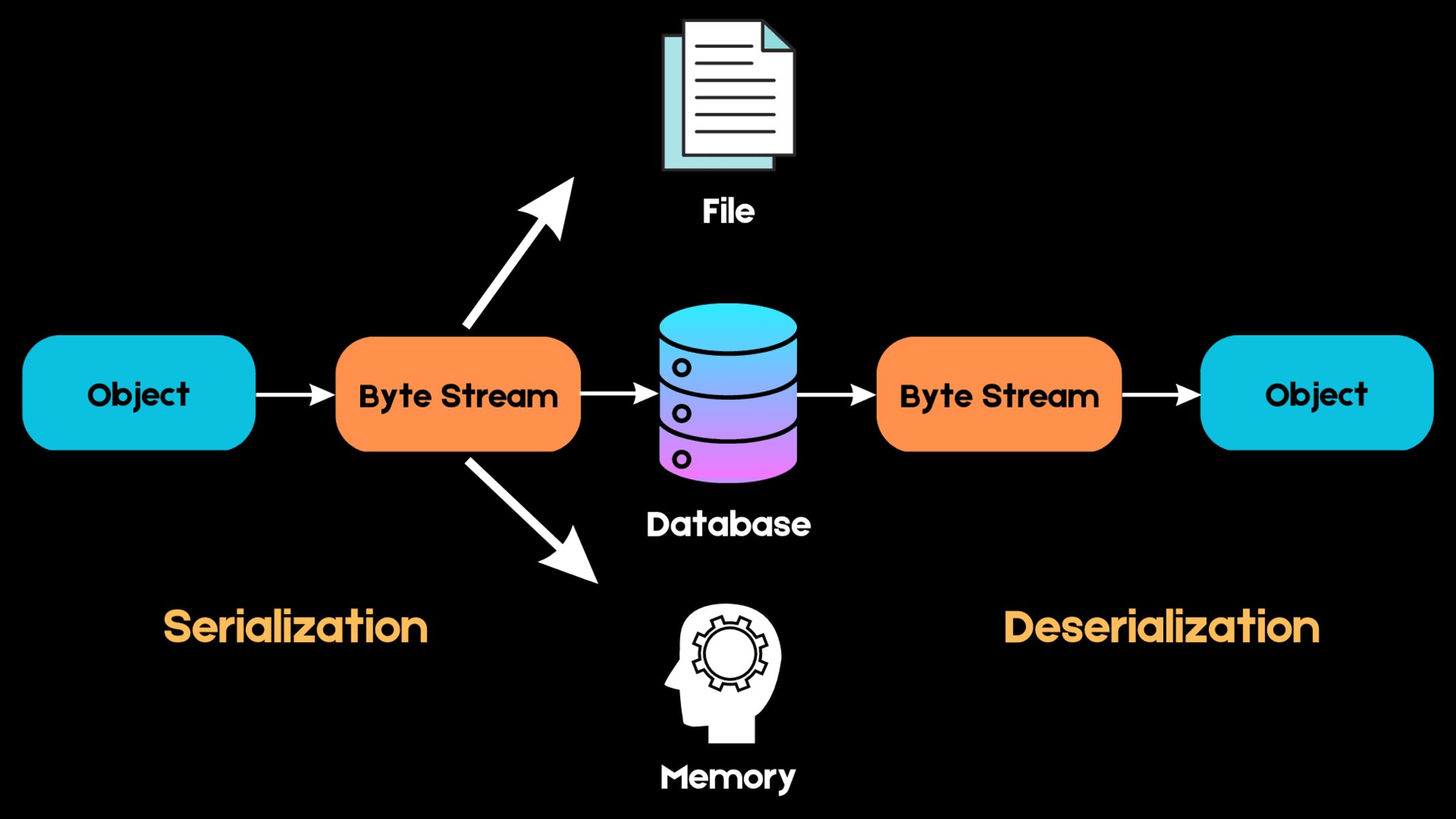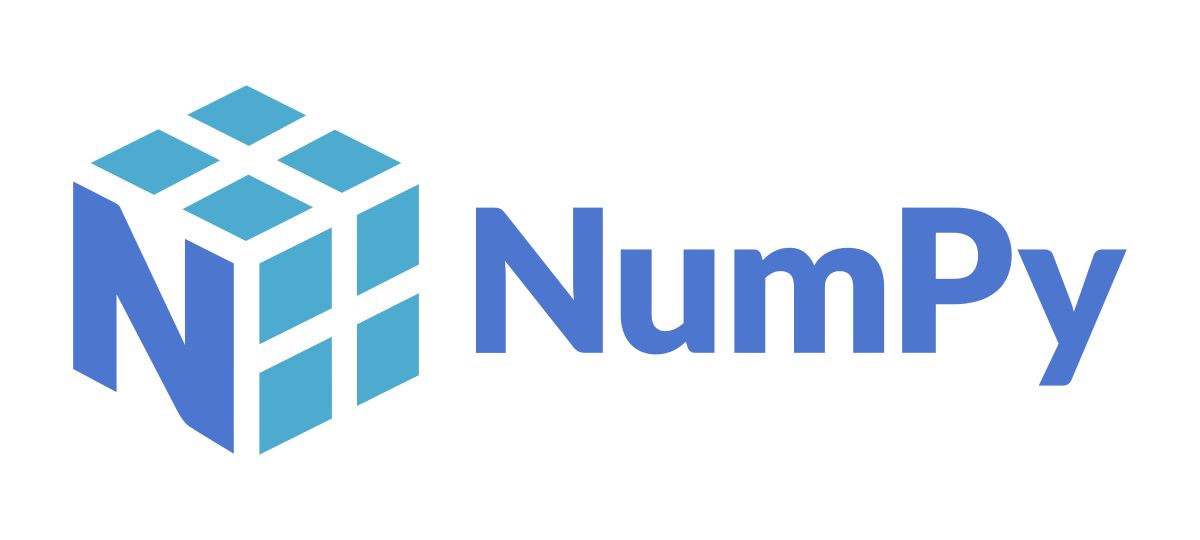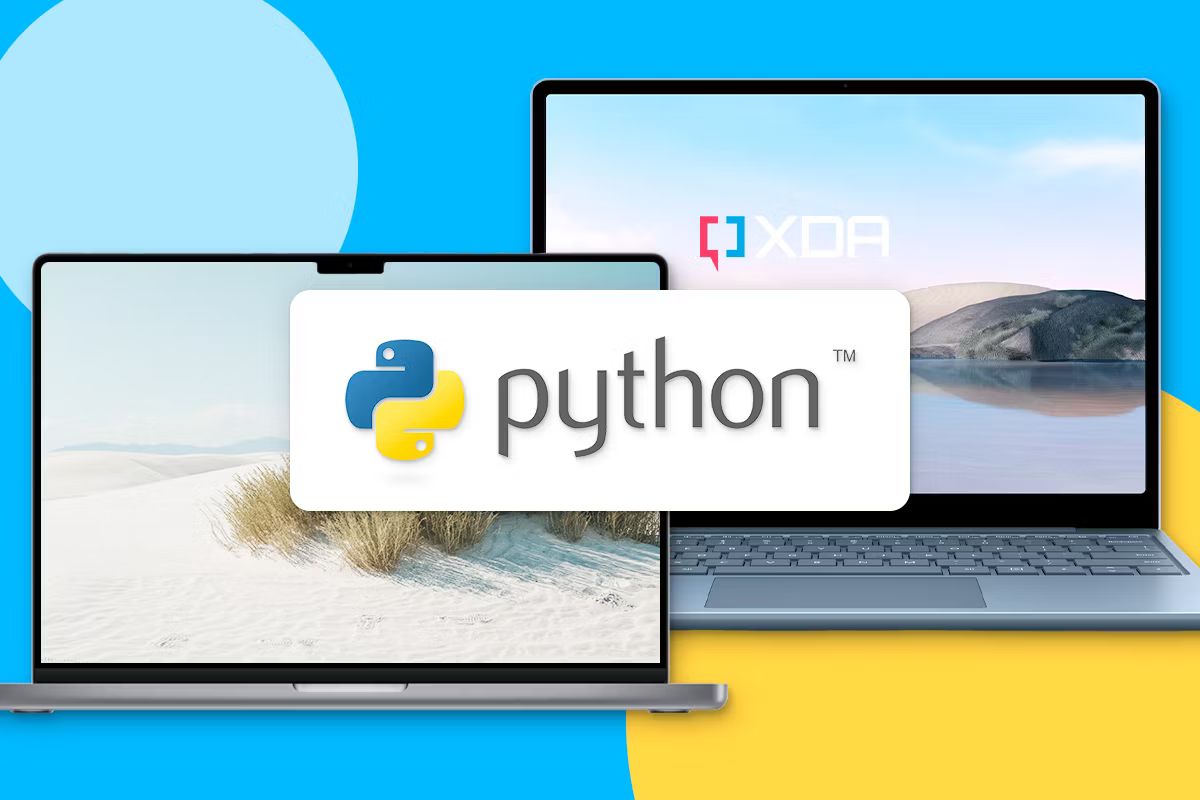Introduction
Machine Learning, a subset of Artificial Intelligence, has revolutionized various industries by enabling computers to learn and make intelligent decisions without explicit programming. As the demand for machine learning continues to soar, so does the need for efficient programming languages that can handle complex algorithms and large datasets.
Python has emerged as the go-to language for machine learning due to its ease of use, extensive libraries, flexibility, scalability, and strong community support. This article delves into these key reasons why Python is widely preferred for machine learning projects.
Python’s simplicity and readability are its greatest strengths. With a clean and intuitive syntax, Python allows developers to express their ideas in a concise and human-readable manner. This makes it easier to write and understand code, especially for those new to machine learning. Additionally, Python’s extensive documentation and vast online resources make it easy to learn, even for beginners.
Another major advantage of Python for machine learning is its rich collection of libraries and frameworks. Libraries such as NumPy, Pandas, and Scikit-learn provide powerful tools for data manipulation, analysis, and model training. These libraries offer a wide range of algorithms and functionalities, allowing developers to efficiently implement and experiment with different machine learning models.
Python’s flexibility and compatibility further contribute to its popularity in the machine learning community. It can seamlessly integrate with other languages like C++ and Java, providing the flexibility to leverage existing code and libraries written in different languages. This compatibility also facilitates the incorporation of machine learning models into larger software systems, ensuring smooth deployment and integration.
Scalability is a significant consideration when it comes to machine learning projects. Python’s ability to scale effortlessly makes it ideal for handling large datasets and executing complex algorithms. Moreover, frameworks like TensorFlow and PyTorch offer distributed computing capabilities, allowing for parallel processing and efficient utilization of computational resources.
One of the most appealing aspects of Python is its vibrant and supportive community. The Python community is vast and highly active, with numerous forums, blogs, and online communities dedicated to machine learning. This means that developers can easily seek help, collaborate, and share knowledge with experts in the field. This strong community support contributes to the continuous growth and innovation in the Python machine learning ecosystem.
In summary, Python offers a multitude of advantages that make it the top choice for machine learning projects. Its simplicity, extensive libraries, compatibility, scalability, and supportive community provide a solid foundation for developing and deploying robust machine learning models. Whether you are a beginner or an experienced developer, Python provides a powerful and flexible platform to explore and excel in the exciting field of machine learning.
Ease of Use
One of the primary reasons why Python is widely used in machine learning is its exceptional ease of use. Python has a simple and intuitive syntax that makes it readable and understandable, even for those new to programming.
The clean and concise structure of Python code allows developers to express complex ideas and algorithms in a more straightforward and concise manner. This readability reduces the potential for errors and simplifies the debugging process. Machine learning projects often involve intricate mathematical calculations and complex algorithms, and Python’s readability makes it easier to implement and understand these concepts.
Furthermore, Python’s vast collection of libraries and frameworks specifically designed for machine learning significantly elevates its usability. Libraries such as NumPy, Pandas, and Scikit-learn provide pre-existing implementations of common machine learning algorithms, simplifying the development process and reducing the need to write code from scratch. These libraries also offer intuitive APIs and extensive documentation, making it easier for developers to leverage their functionalities effectively.
In addition to the libraries, Python also offers interactive development environments (IDEs) that enhance the user experience. IDEs such as Jupyter Notebook and PyCharm provide features like code autocompletion, debugging tools, and visualizations, increasing productivity and facilitating the development process. These tools make it straightforward to experiment with different models, visualize data, and iteratively refine machine learning algorithms.
Python’s ease of use also extends to its strong integration capabilities. It seamlessly integrates with other languages like C++ and Java, allowing developers to combine the strengths of different languages in their machine learning projects. This flexibility enables the reuse of existing code and libraries written in other languages, saving time and effort. Moreover, Python can be embedded within other applications and systems, making it accessible for integration into larger software projects.
Lastly, Python’s user-friendly community plays a significant role in its ease of use. The Python community is known for its inclusivity and willingness to help newcomers. Many resources, such as forums, blogs, and online tutorials, are readily available, making it easy to find answers to questions and seek guidance when facing challenges. This supportive community creates an environment conducive to learning and collaboration, ensuring that developers can easily navigate the complexities of machine learning.
In summary, Python’s ease of use is a crucial advantage for machine learning projects. The straightforward syntax, extensive libraries, integration capabilities, and supportive community contribute to a seamless and enjoyable development experience. Whether you are a beginner or an experienced developer, Python’s usability empowers you to dive into the exciting world of machine learning with confidence.
Extensive Libraries and Frameworks
Python offers a rich collection of libraries and frameworks that provide essential tools and functionalities for machine learning projects. These extensive libraries and frameworks contribute significantly to Python’s popularity among data scientists and machine learning practitioners.
One of the most widely used libraries in Python for machine learning is NumPy. NumPy provides advanced numerical computing capabilities, including support for multi-dimensional arrays and mathematical operations. It allows for efficient manipulation and computation on large datasets, making it a fundamental building block for many machine learning algorithms. Additionally, NumPy’s array-oriented programming style enhances performance and facilitates faster execution of mathematical operations.
Pandas is another essential library in the Python ecosystem. Pandas offers data manipulation and analysis tools that are indispensable in preparing data for machine learning tasks. It provides data structures like DataFrames, which allow for efficient handling and exploration of structured data. Pandas also offers functionalities for data cleaning, aggregation, filtering, and transformation, making it easier to preprocess datasets and extract meaningful insights.
Scikit-learn is a comprehensive machine learning library that enables the implementation of various algorithms and techniques. It provides a unified API for a wide range of supervised and unsupervised learning algorithms, including classification, regression, clustering, and dimensionality reduction. Scikit-learn also includes tools for model selection, evaluation, and preprocessing, making it a versatile and powerful library for machine learning projects.
TensorFlow and PyTorch are popular frameworks in the Python ecosystem that focus on deep learning. These frameworks provide efficient tools for building, training, and deploying deep neural networks. They offer flexibility in designing complex architectures, support for distributed computing, and automatic differentiation, enabling the training of large-scale deep learning models. The availability of pre-trained models and a vast community of contributors further enhances the usability and extensibility of these frameworks.
Keras, a high-level neural networks API, is built on top of TensorFlow and provides a simplified interface for building deep learning models. It serves as an excellent choice for beginners due to its easy-to-understand syntax and abstraction of low-level details. With Keras, developers can quickly prototype and experiment with different architectures and configurations.
Apart from these prominent libraries and frameworks, Python also offers a wide range of specialized libraries for specific machine learning tasks. For example, NLTK (Natural Language Toolkit) is a powerful library for natural language processing tasks, and OpenCV (Open Source Computer Vision Library) is widely used for computer vision applications.
In summary, Python’s extensive collection of libraries and frameworks plays a crucial role in facilitating machine learning development. These libraries provide essential tools, algorithms, and functionalities that streamline the implementation of machine learning models. Whether it is for data manipulation, model training, or deep learning, Python’s rich ecosystem empowers developers to tackle a wide range of machine learning tasks with ease.
Flexibility and Compatibility
Python’s flexibility and compatibility are key factors that contribute to its popularity in the field of machine learning. Python’s versatility allows developers to leverage its capabilities across a wide range of use cases, while its compatibility with other languages promotes seamless integration into existing systems.
One of the significant advantages of Python is its ability to integrate and interact with other programming languages. Python can easily incorporate functionalities and libraries written in languages like C++, Java, and R. This compatibility enables developers to leverage the strengths of different languages, making it easier to reuse existing code and take advantage of specialized libraries. By integrating multiple languages, Python empowers developers to create efficient and robust machine learning applications that leverage the best of each language.
Python’s compatibility also extends to its wide range of operating systems, making it accessible across various platforms. Whether it is Windows, macOS, or Linux, Python runs seamlessly on all major operating systems, ensuring that machine learning projects can be deployed and executed without compatibility issues. This compatibility ensures that Python is accessible to developers regardless of their preferred operating system, promoting a diverse and inclusive community.
Furthermore, Python’s versatility and flexible programming paradigms make it suitable for a wide range of machine learning applications. Python supports both procedural and object-oriented programming styles, allowing developers to choose the most appropriate approach for their project. This flexibility facilitates the development and maintenance of complex machine learning systems by providing various design patterns and coding styles.
Python’s versatile nature also extends to its libraries and frameworks. With a vast array of libraries such as NumPy and Pandas, developers have the flexibility to choose the tools that best fit their specific needs. These libraries provide a wide range of functionalities and algorithms, ensuring that developers have the freedom to implement and experiment with different machine learning techniques.
Scalability is an essential aspect in machine learning projects, especially when dealing with large datasets or computationally intensive algorithms. Python’s compatibility with distributed computing frameworks such as Apache Spark enables developers to scale their machine learning applications efficiently. By parallelizing computations across multiple machines, Python enables faster processing and analysis of large-scale data, making it suitable for handling complex machine learning tasks.
In summary, Python’s flexibility and compatibility make it a versatile and valuable language for machine learning projects. Its ability to integrate with other languages, compatibility with multiple operating systems, and support for different programming paradigms enable developers to build robust and scalable machine learning applications. With Python, developers have the freedom to choose from a wide range of libraries and frameworks, ensuring that they can tailor their machine learning solutions to meet their specific needs.
Scalability
Scalability is a crucial aspect of machine learning projects, as they often deal with large datasets and computationally intensive algorithms. Python’s scalability ensures that developers can efficiently handle the increasing complexities and demands of machine learning tasks.
Python’s scalability is primarily attributable to its ability to handle large datasets. Libraries such as NumPy and Pandas provide efficient data structures and operations that allow for fast and memory-efficient computation on large arrays and dataframes. These libraries enable developers to preprocess, transform, and analyze massive datasets without sacrificing performance.
Moreover, Python’s compatibility with distributed computing frameworks, such as Apache Spark, drastically enhances its scalability. Distributed frameworks enable developers to parallelize computations across multiple machines or clusters, effectively harnessing the power of distributed computing. This parallelization capability allows for the efficient processing and analysis of massive datasets, drastically reducing the time required to train machine learning models.
Frameworks like TensorFlow and PyTorch, specifically designed for deep learning, further enhance Python’s scalability. These frameworks provide tools and APIs that facilitate distributed training of large-scale deep neural networks. By leveraging distributed computing capabilities, Python enables the training of complex models with millions of parameters, leading to more accurate and robust machine learning models.
Python’s scalability also extends to the deployment and execution of machine learning models. Python offers various web application frameworks, such as Django and Flask, which enable developers to build scalable and efficient machine learning applications. These frameworks provide features like request handling, caching, and load balancing, ensuring smooth and responsive applications even under heavy user traffic.
Furthermore, Python’s compatibility with cloud computing platforms, such as Amazon Web Services (AWS) and Google Cloud Platform (GCP), promotes scalability in terms of infrastructure. Developers can easily deploy machine learning models on cloud services and leverage the scalability and elasticity of cloud resources. Python’s compatibility with these platforms ensures that machine learning applications can handle varying workloads and seamlessly adapt to changing demands.
In summary, Python’s scalability is a vital aspect of its success in the field of machine learning. Whether it is handling large datasets, training complex models, or deploying applications, Python offers the tools and frameworks necessary to scale up and meet the growing demands of modern machine learning projects. Its compatibility with distributed computing frameworks and cloud platforms ensures that Python remains a flexible and scalable choice for both small-scale experimentation and large-scale production deployments.
Strong Community Support
One of the greatest advantages of Python for machine learning is its strong and vibrant community support. The Python community comprises passionate developers, data scientists, researchers, and machine learning practitioners who actively contribute to the growth and improvement of the language and its ecosystem.
The Python community is known for its inclusivity and willingness to help newcomers. Online forums, such as Stack Overflow and Reddit, are brimming with active discussions on various machine learning topics and provide a platform for developers to seek guidance and share their knowledge. These community-driven platforms ensure that no matter how complex the project or the problem, assistance is readily available.
In addition to forums, numerous blogs, tutorials, and online resources dedicated to machine learning in Python exist. These resources offer in-depth explanations of machine learning concepts, step-by-step guides for implementing algorithms, and practical examples that demonstrate how to use specific libraries and frameworks. This wealth of free educational material enables developers to continuously learn and stay up-to-date with the latest advancements in the machine learning field.
The strong community support also translates into a vast collection of open-source libraries and frameworks for machine learning. Python’s package manager, pip, allows developers to easily install and update libraries, lowering the barrier to entry for utilizing functionality contributed by others in the community. This extensive selection of open-source tools not only saves developers time and effort in implementing machine learning algorithms and techniques but also encourages collaboration and fosters innovation.
Python’s community support extends beyond online platforms. There are numerous machine learning conferences, meetups, and workshops held worldwide that bring together Python enthusiasts and industry experts. These events offer opportunities for networking, knowledge sharing, and collaboration. They allow developers to stay connected with the latest trends, exchange ideas, and gain insights from experienced practitioners working on cutting-edge machine learning projects.
The open and collaborative nature of the Python community fosters the development of best practices and standards in machine learning. This ensures that code written in Python is well-documented, maintainable, and reusable. By adhering to these community-driven practices, developers can produce high-quality machine learning code that is both efficient and accessible to others.
In summary, Python’s strong community support is a major advantage for machine learning practitioners. The collaborative and welcoming nature of the community fosters continuous learning, enables knowledge sharing, and provides a platform for developers to seek assistance and advice. The vast collection of open-source libraries, educational resources, and community events ensure that developers have the necessary tools and support to excel in the field of machine learning with Python.
Conclusion
Python has become the go-to language for machine learning projects, and for good reason. Its ease of use, extensive libraries and frameworks, flexibility and compatibility, scalability, and strong community support make it an ideal choice for developers and data scientists alike.
Python’s simplicity and readability make it accessible to beginners and experienced developers alike. The intuitive syntax and extensive documentation allow for faster and more efficient implementation of machine learning algorithms. Additionally, Python’s rich collection of libraries and frameworks, such as NumPy, Pandas, and Scikit-learn, provide powerful tools for data manipulation, analysis, and model training.
The flexibility and compatibility of Python cannot be overstated. Its ability to integrate seamlessly with other languages, such as C++ and Java, allows developers to leverage existing code and libraries. Python’s compatibility with various operating systems ensures that machine learning projects can be deployed and executed without compatibility issues. Furthermore, Python’s support for distributed computing frameworks and cloud platforms enables scalability and efficient handling of large datasets and complex algorithms.
One of the most significant advantages of Python is its strong community support. The Python community consists of passionate developers and experts who actively contribute to the growth and improvement of the language. The availability of online forums, blogs, tutorials, and open-source libraries creates a supportive ecosystem where developers can seek guidance, collaborate, and continuously learn.
In conclusion, Python offers a robust and versatile platform for machine learning. Its ease of use, extensive libraries, flexibility and compatibility, scalability, and strong community support make it the language of choice for implementing machine learning models. Whether you are a beginner or an experienced practitioner, Python empowers you to explore and excel in the exciting field of machine learning.

























